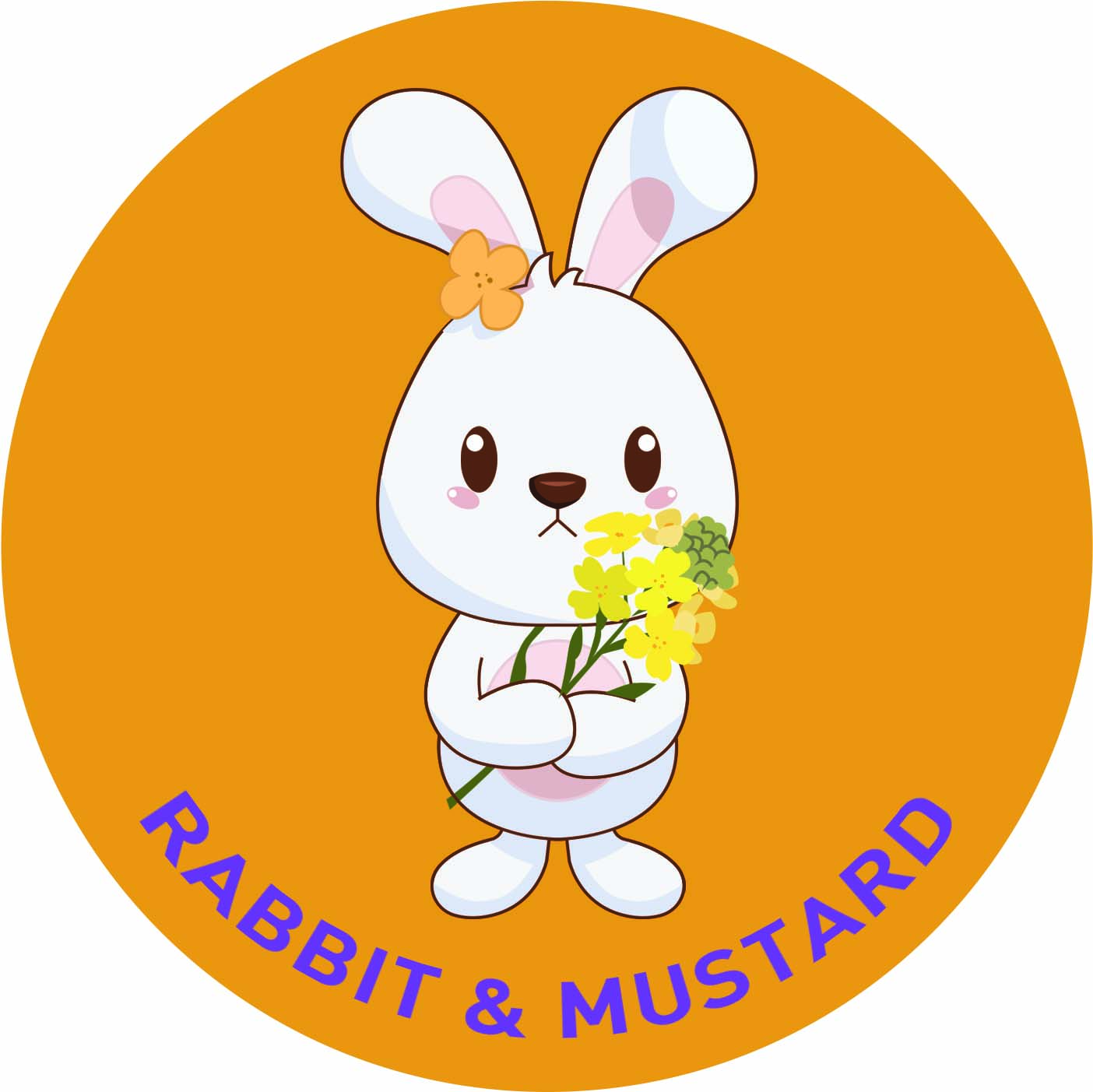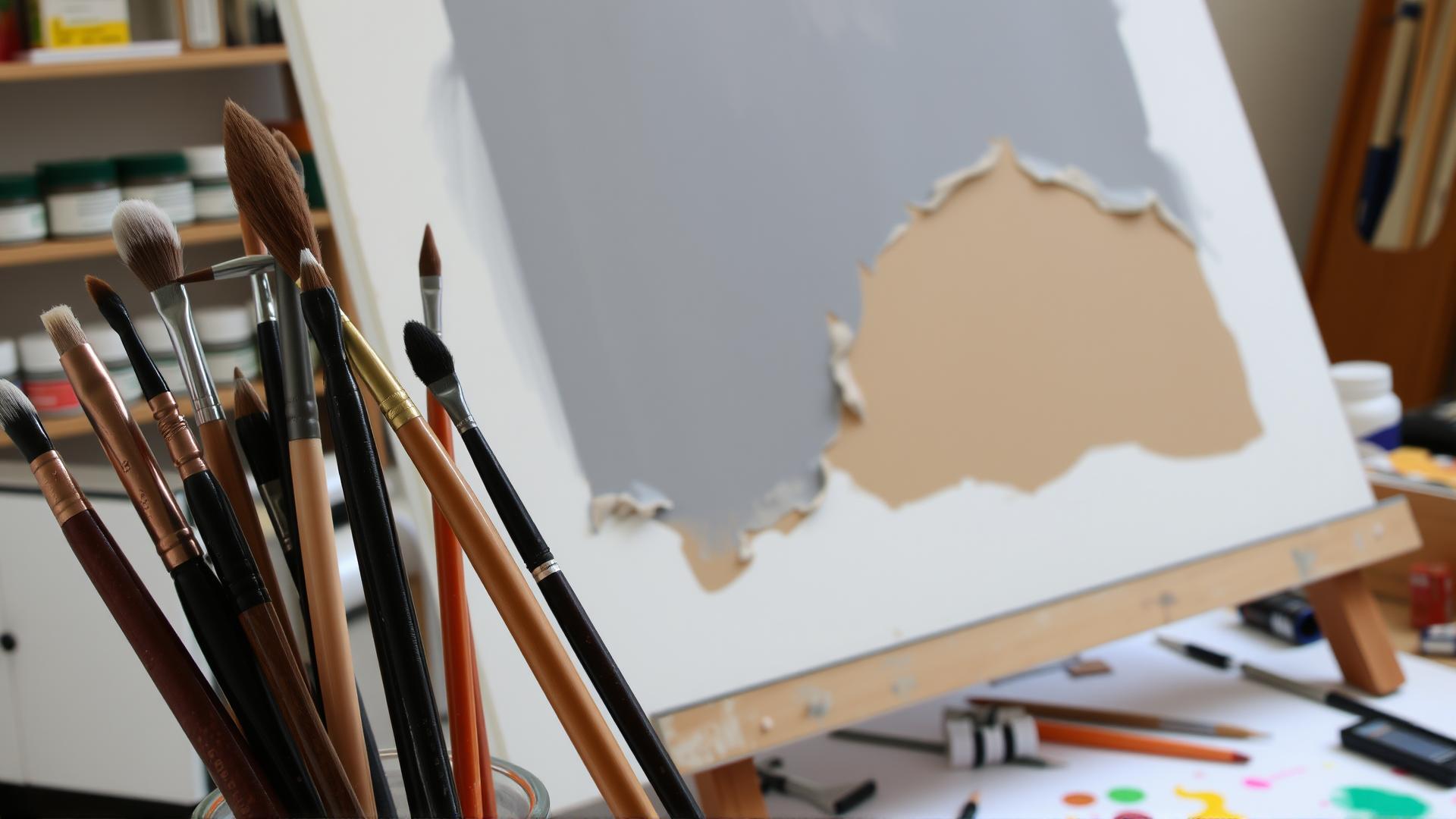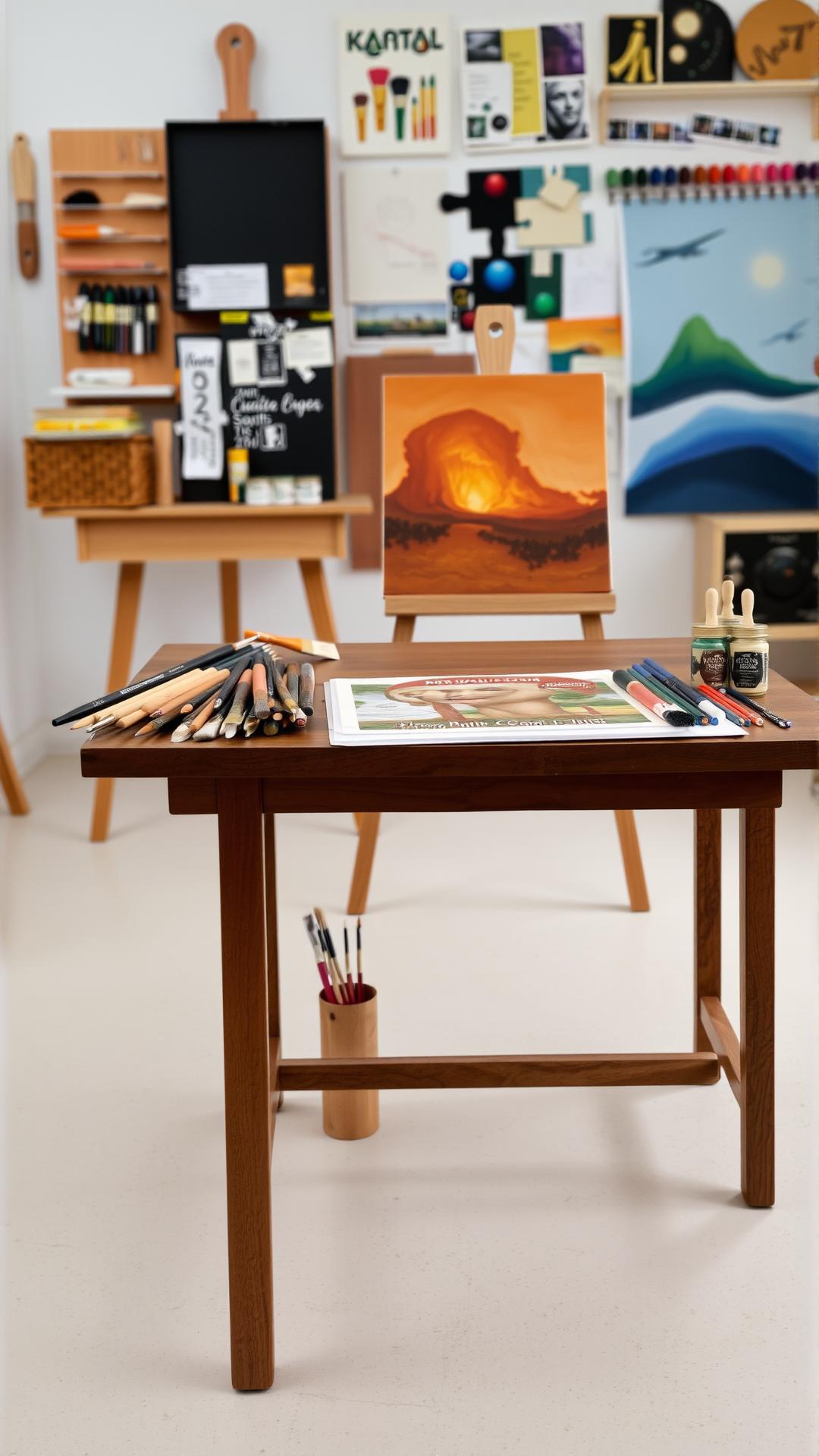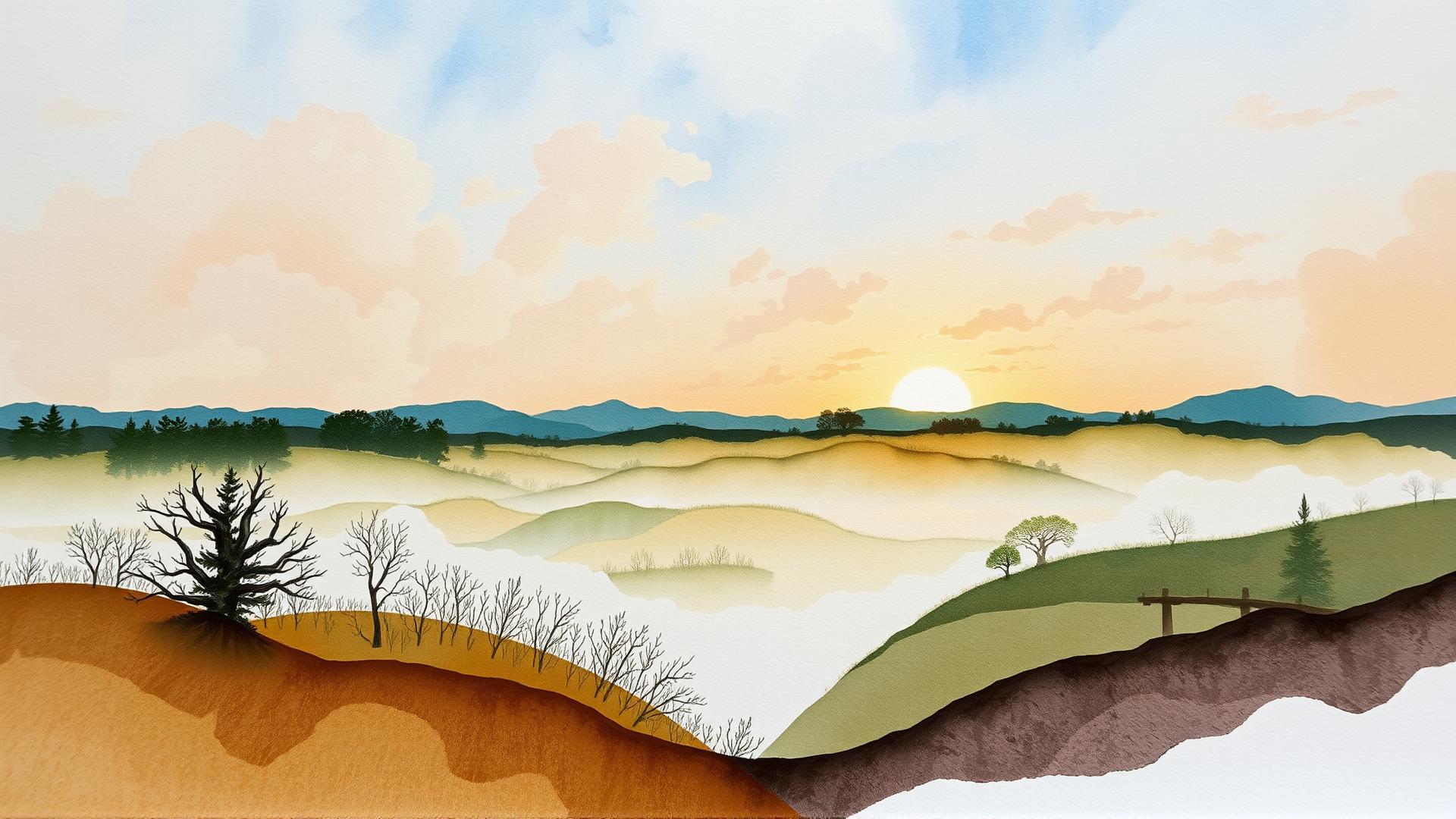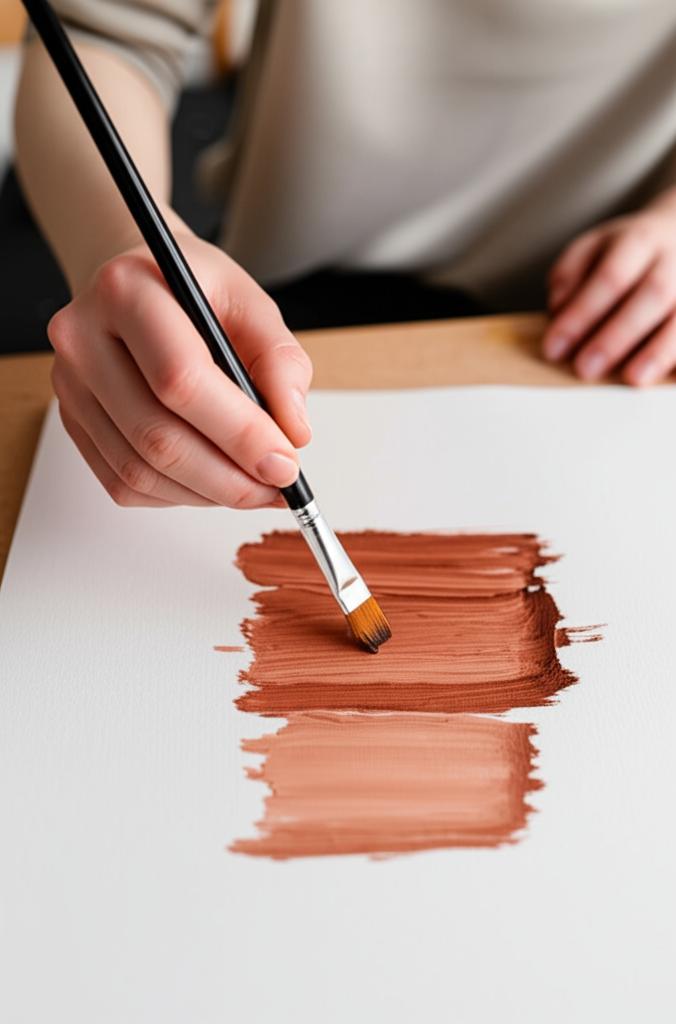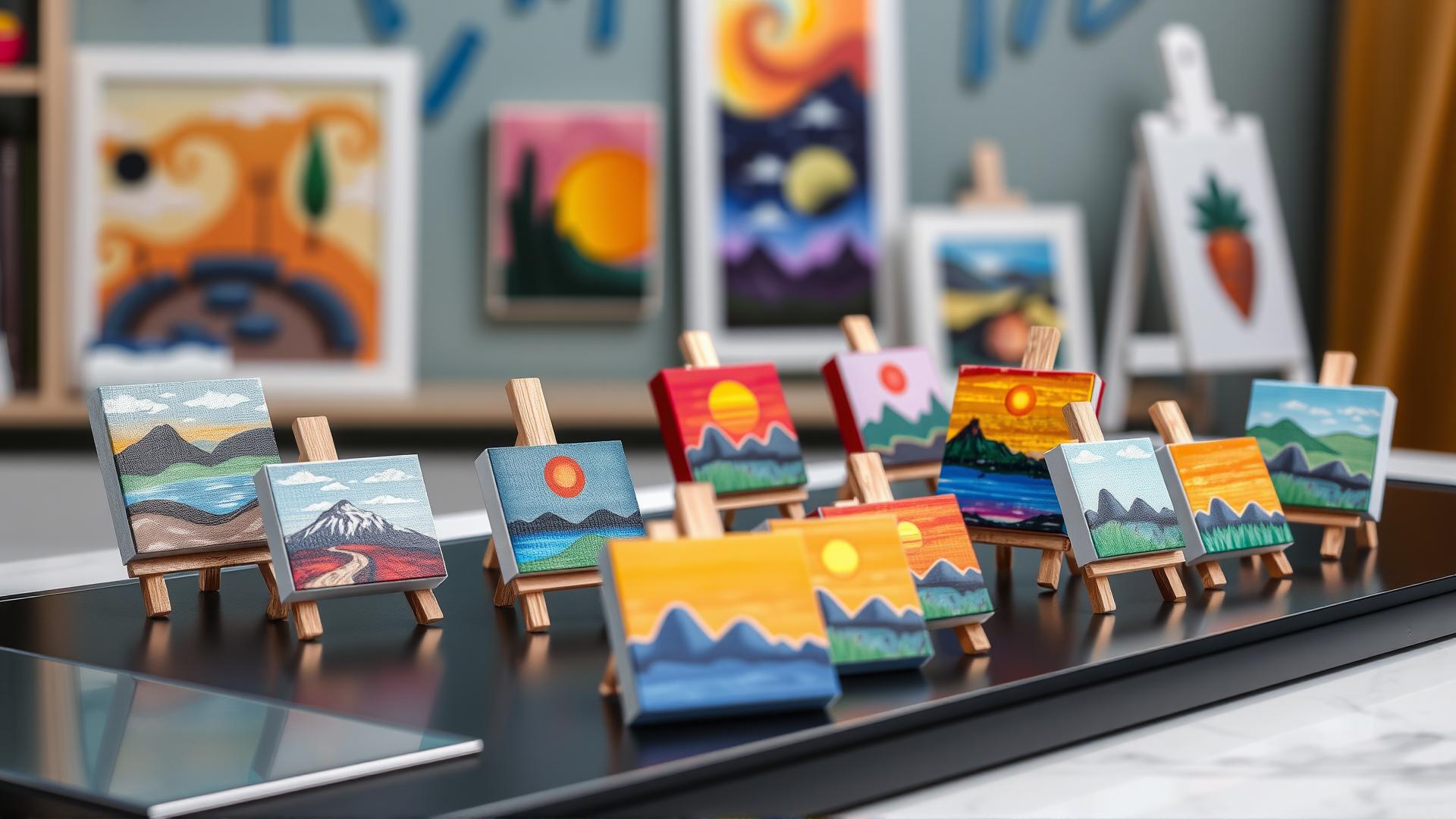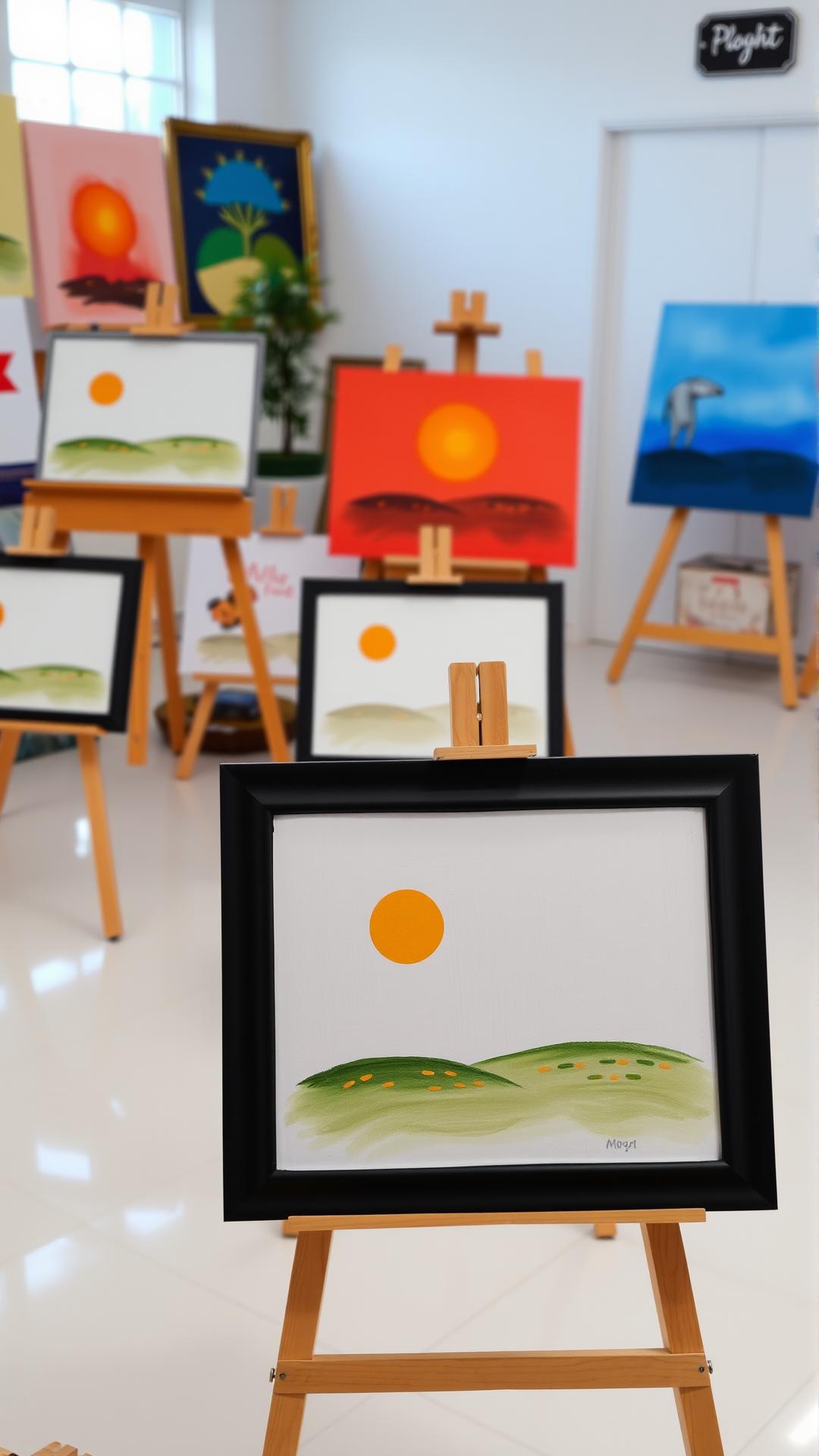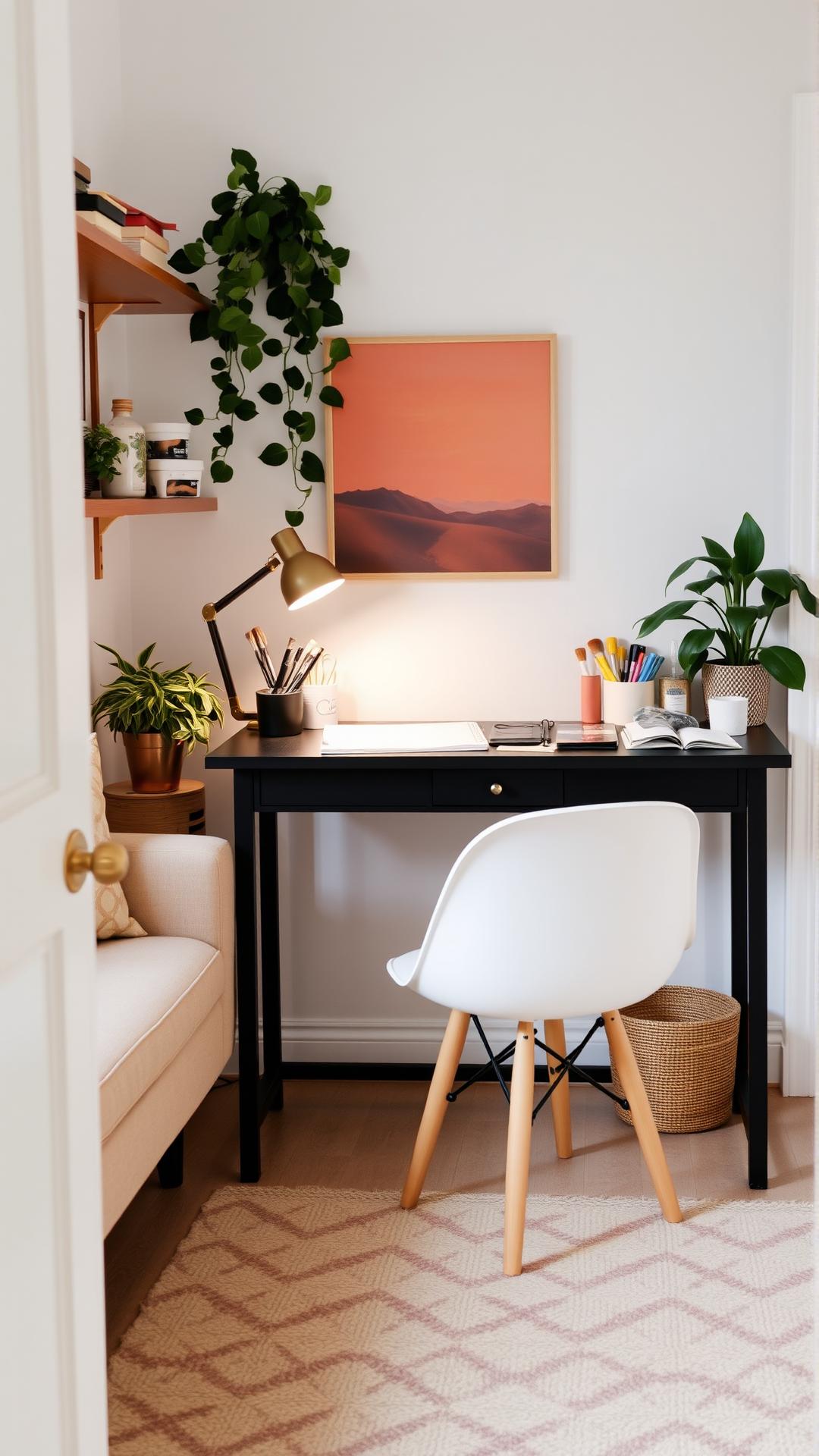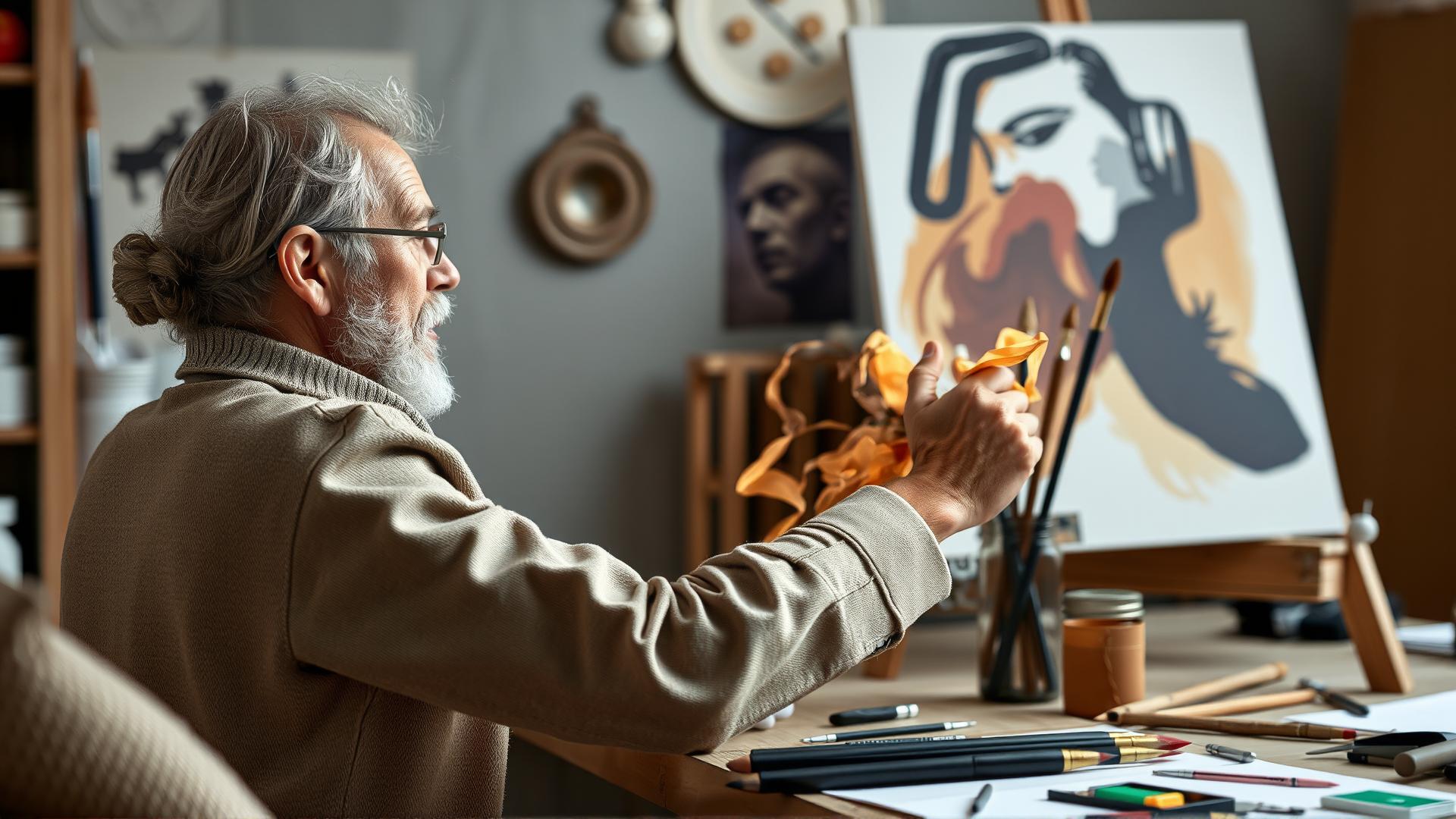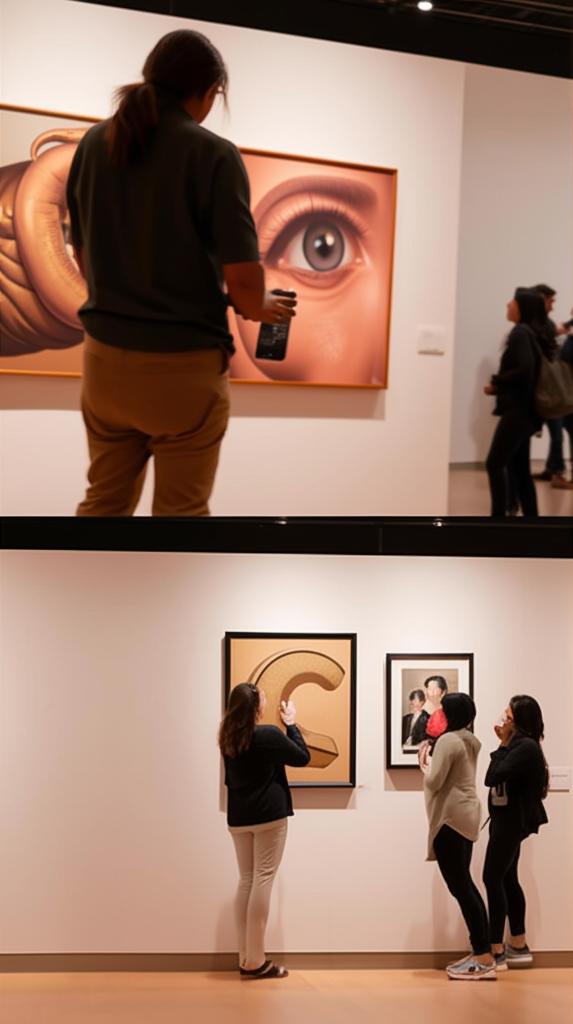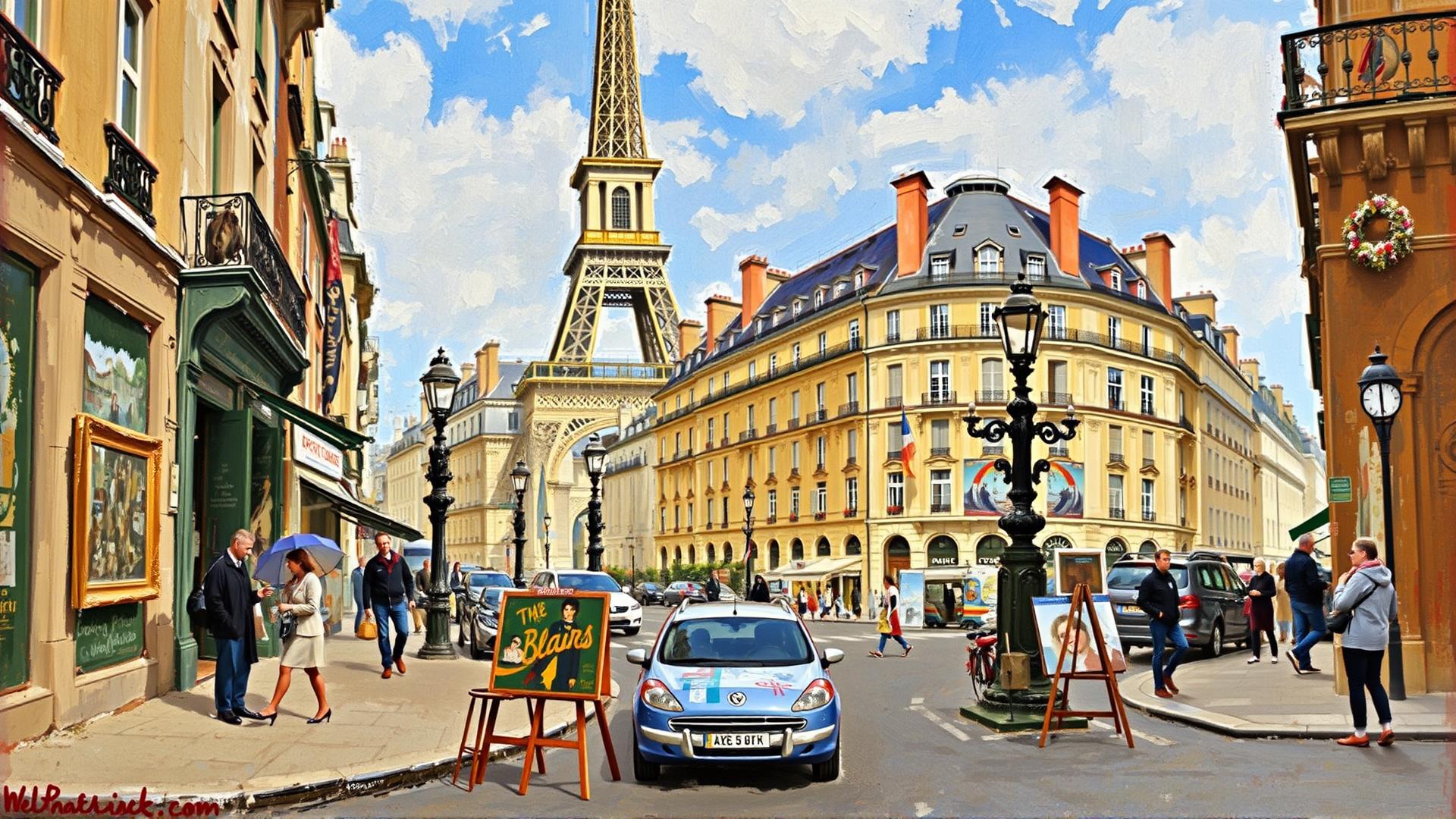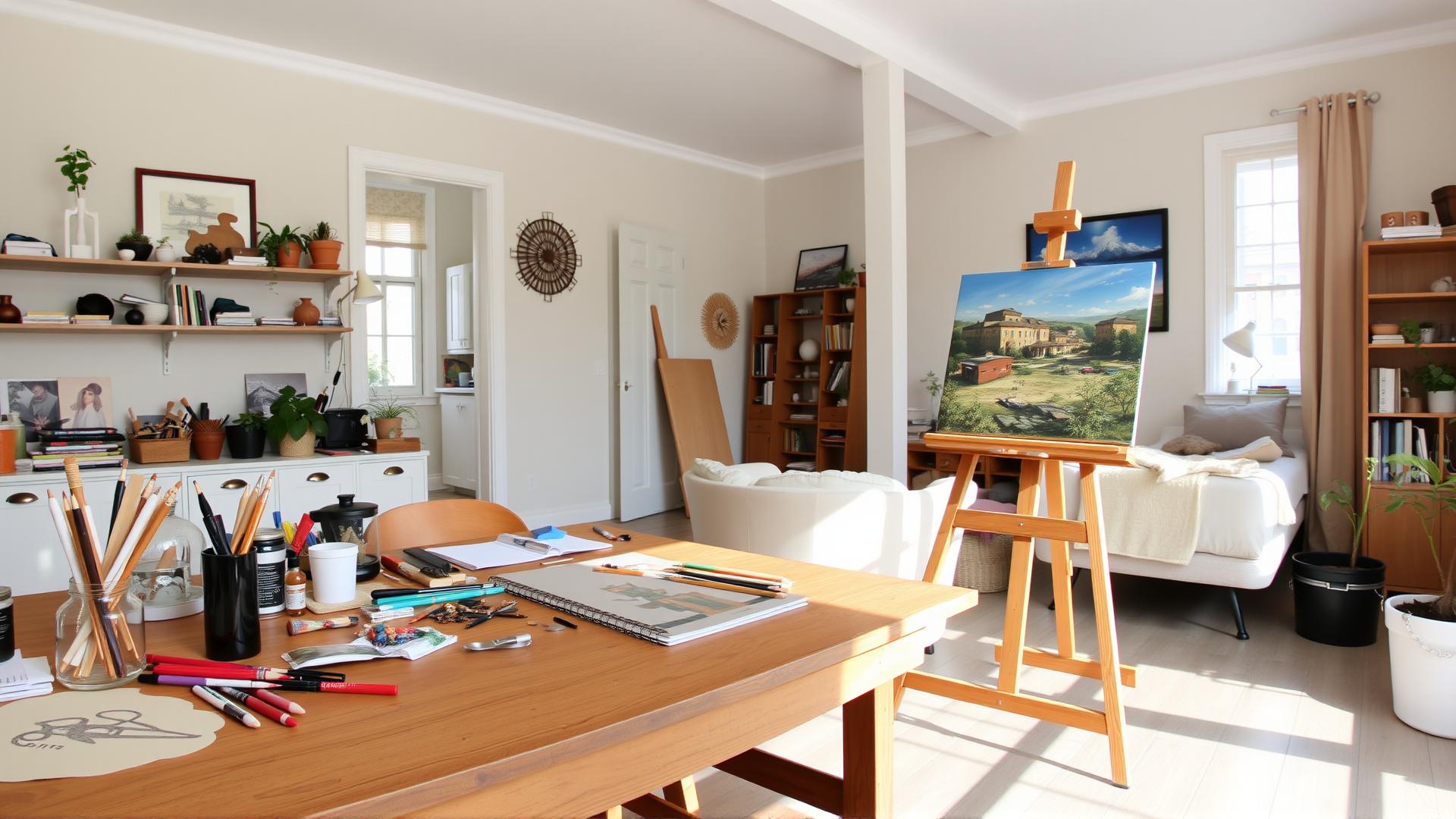
Simple Inspirations For Easy Things To Paint At Home
Introduction
Painting is not just a skill; it’s an expression of creativity that anyone can explore, regardless of expertise. Transforming mundane materials into stunning artwork is a fulfilling journey that fosters self-expression. With numerous easy things to paint, it’s never too late to pick up a brush and create. Whether you’re looking to add character to your living space or simply want to enjoy a calm afternoon, painting can be an inexpensive yet delightful activity.
In this article, we talk about several simple inspirations that will ignite your imagination and motivate you to start painting at home. From abstract designs and landscapes to playful images of nature and objects around you, these suggestions serve as a perfect guide for beginners and seasoned artists alike. With the right mindset and a few tips, you can transform your visions into beautiful paintings that enhance your environment and uplift your spirit.
Finding the Right Inspiration Simple Inspirations For Easy Things To Paint At Home
Inspiration for painting often comes from the simplest aspects of our daily lives. The beauty lies in recognizing these stimuli and translating them onto your canvas. Nature is an abundant source of inspiration; consider the varying shapes and colors found in your garden or local park. A single flower, a cluster of leaves, or the subtle patterns on tree bark can serve as excellent subjects for your painting. Pay attention to the changing colors of the sky during sunset or the intricate details of a pebble on the ground. These elements, often overlooked, can be transformed into stunning artwork with minimal effort.
Everyday objects possess a charm that can be captivating when viewed through the lens of creativity. Think about items in your home, such as a favorite mug, a cozy blanket, or even a piece of fruit on the table. These items may hold memories or feelings that can enhance your painting experience. A simple still life composition featuring these objects can encourage you to explore shapes, shadows, and color palettes, making the creative process enjoyable and accessible.
Personal experiences also provide a deep well of inspiration. Reflecting on memories or emotions can lead to unique ideas that are meaningful to you. Perhaps you want to convey a feeling of joy, sadness, or nostalgia. Consider how colors and brush strokes can express these feelings. For instance, soft pastels may evoke calmness, while bold colors might convey excitement. By connecting with your emotions, you can create art that resonates not only with you but with those who view it.
Remember that inspiration is all around you, waiting to be noticed. Taking daily walks, keeping a journal of your thoughts and observations, or even simply pausing to appreciate your surroundings can ignite your creative spark. Challenge yourself to view familiar objects from new perspectives or to sketch anything that catches your eye. In doing so, you will unlock countless ideas that will guide you in your painting journey.
Embrace the process without the pressure of perfection. The goal is to enjoy the act of painting and express your unique viewpoint through the art you create. As you draw inspiration from nature, everyday objects, and personal experiences, you’ll find that painting at home can become a delightful and transformative experience.
Choosing Your Materials Essential Art Supplies for Easy Painting at Home
Fundamental Materials for Beginners
Starting your painting adventure at home doesn’t have to feel overwhelming, especially when you know the essential materials that will help you unlock your creativity. Choosing the right supplies can significantly enhance your experience and outcome, making your first steps into the art world enjoyable and fulfilling.
The foundation of any painting project lies in the type of paint you select. For beginners, acrylic paint is highly recommended. It is water-based, easy to work with, quick-drying, and can be used on various surfaces. Moreover, acrylics allow for layering and blending, making them perfect for experimenting with different techniques. Alternatively, watercolor paints offer a softer aesthetic and are also beginner-friendly, but they require a different approach in terms of technique and brush handling.
The choice of brushes is vital. Opt for a variety pack that includes flat, round, and detail brushes in different sizes. Synthetic brushes are suitable for acrylics and watercolors, as they hold their shape well and are easy to clean. For beginners, having about five to seven brushes is sufficient to explore different strokes and styles.
Regarding your painting surface, canvases are popular but can be pricier. A more accessible option for those starting out is heavy-weight watercolor paper or canvas boards, which are both affordable and effective. If you’re feeling adventurous, consider painting on alternative surfaces such as wood, cardboard, or even old furniture, which can add a unique touch to your artwork.
Color Choices and Accessories
To create a vibrant palette, invest in a basic set of primary colors (red, blue, yellow), black, and white. This will enable you to mix a broad spectrum of shades without overwhelming you with choices. When selecting colors, look for student-grade paint sets; they are affordable and provide good pigmentation, making them perfect for beginners.
A few additional accessories will enhance your painting experience. Keep a palette for mixing colors, a water container for rinsing brushes, and paper towels or a cloth for quick cleanups. A smock or old shirt is also invaluable for protecting your clothes from potential splashes.
With these materials in hand, you’ll be well-equipped to start your painting journey at home, allowing your creativity to flow freely as you explore the simple inspirations around you.
Techniques for Beginners Easy Painting Techniques for Creative Expression
Fundamental Techniques to Kickstart Your Painting Journey
For those new to painting, exploring basic techniques is a fantastic way to express creativity and build confidence. Learning essential painting methods can turn a blank canvas into a vibrant masterpiece without overwhelming you. Here are a few simple techniques that even beginners can master with ease.
Blending is a technique that involves smoothly transitioning between colors. To begin, apply a base color onto your canvas and, while it’s still wet, use a clean brush to merge in a second color. For instance, while painting a sunset, you may start with a bright orange and gradually blend in some purple towards the horizon. Remember to rinse your brush between colors to maintain clarity and prevent muddy shades. Experiment with different brushes; a flat brush can create broad blends, while a round brush is excellent for finer transitions.
Layering is another vital technique that involves building up colors in transparent or semi-transparent layers. Start with a thin wash of color to create an initial layer and allow it to dry completely. Once dry, you can add additional layers using darker or lighter colors to add depth and dimension. This method is particularly useful for landscapes or portraits where shadows and highlights play a significant role. Working with acrylics or watercolor can make layering easier since they dry relatively quickly, allowing you to build up your paintings in no time.
Brushwork might seem simple, but the way you wield your brush can significantly impact your artwork. Different strokes can produce various effects, from smooth lines to textured finishes. Practice holding the brush at different angles; a flick of the wrist can create delicate leaves in a tree or a bold stroke can lay down the base for a mountain. Experimenting with various sizes of brushes will also reveal how the same color can have dramatically different looks depending on your technique. For instance, a big brush can provide a washed-out sky effect, while a small brush can bring details to life in the foreground.
Incorporating these techniques into your practice can help you feel more at ease with painting and encourage you to pursue more complex projects. The beauty of painting is that each stroke recounts a story, and as you grow more comfortable with these basic techniques, you’ll unlock a world of creative possibilities right in your home.
Easy Painting Ideas Simple Inspirations For Easy Things To Paint At Home
Discover Effortless Art Ideas for Beginners
When it comes to painting, the possibilities are as vast as your imagination. For those starting out, it’s beneficial to choose subjects that are simple yet captivating. By selecting easy-to-paint ideas, you can boost your confidence while allowing your creativity to flourish. Below, you’ll find a curated list of achievable painting inspirations that range from the beauty of nature to the charm of abstract art.
- Sunset Silhouette – Paint a gradient background reflecting your favorite sunset colors, such as oranges, pinks, and purples. Then, use a dark color to create silhouettes of trees or mountains in the foreground. This simple project teaches color blending while remaining easy to execute.
- Simple Flowers – Focus on painting basic flower shapes, like daisies or tulips, using bright colors. You can create a bouquet on one canvas or opt for a single flower as a standalone piece. Experiment with various brush strokes to define petals and leaves, providing a great introduction to painting nature.
- Ocean Waves – Capture the essence of the sea by painting gentle wave patterns. Using a range of blues and whites, you can layer colors to create depth and movement. This project can help you practice brushwork, giving textures to water without intricate details.
- Abstract Shapes – Allow your inner artist to roam free by selecting various shapes, lines, and colors. Use tape to create clean edges, then fill each section with different colors or patterns. This approach promotes color harmony and creativity, making it an enjoyable exercise without specific guidelines.
- Stars in the Night Sky – Using a dark canvas or paper, paint simple stars and planets with white or metallic colors. Attempt different sizes and shapes to create a whimsical galaxy. This project allows for experimentation with light and contrast.
- Favorite Quotes – Combine lettering with simple background designs. Choose a favorite quote and paint it using a fun script. Add colorful splashes or abstract shapes behind the text for added creativity and visual interest.
- Geometric Patterns – Paint geometric shapes like triangles, circles, or squares in a mosaic style. Use complementary colors to enhance the artwork, allowing for plenty of improvisation. This idea serves as an excellent way to understand color relationships while creating unique pieces.
These easy painting ideas can transform your blank canvas into delightful works of art while significantly boosting your creative confidence. Remember, the most vital aspect of painting is to enjoy the process and embrace your personal style. Whether you stick to simple subjects or delve into the world of abstract, each stroke contributes to your artistic journey.
Creating a Relaxing Painting Space Your Vital Creative Environment
Designing an Inviting Artistic Retreat
Crafting a serene painting space at home can greatly influence your creative journey. An encouraging environment not only reflects your personality but also acts as a sanctuary for your imagination. Choose a dedicated area where you can leave your supplies, allowing for spontaneous creativity without the hassle of setup each time you feel inspired. Position your easel and materials in a well-lit corner, preferably near a window to enjoy natural light. This can significantly enhance your mood and boost energy levels while painting.
To personalize your space, consider incorporating elements that inspire you. Hang artwork, whether it’s your own or pieces from artists you admire, on the walls. Choose a color palette that calms you; softer tones often create a serene atmosphere. Add a comfortable chair or cushion to your workspace to encourage extended periods of painting without discomfort. Organizational tools like shelves, baskets, or containers can help retain a tidy environment, so focusing on the art becomes easier.
Creating Atmosphere with Sensory Elements
The atmosphere plays a vital role in your painting experience. Adding sensory elements can make your painting sessions more enjoyable. Scented candles or essential oil diffusers with calming fragrances like lavender or eucalyptus can promote relaxation. Soft background music or nature sounds can also enhance creativity, allowing ideas to flow more freely.
Another important aspect is maintaining a clutter-free space. A tidy environment allows for clearer thinking and less distraction, empowering you to focus solely on your artwork. Regularly dedicate time to clean your painting area and organize supplies; this practice not only keeps the space functional but also prevents overwhelm from accumulated mess.
Consider the emotional ties to your surroundings. Surround yourself with objects that uplift you, such as plants or mementos from travels. These items can spark joy and serve as creative inspirations by bringing a sense of comfort to your environment. By creating a unique art space that reflects who you are, you will cultivate an eager mindset and invigorate your artistic endeavors.
Sharing Your Artwork Enhance Your Painting Experience
Connect with Others Through Art
Sharing your artwork can create a vibrant community that enriches your painting experience. When you showcase your creations, you invite a dialogue about your process, inspirations, and personal journey as an artist. Social media platforms, local art shows, or simple gatherings with friends can serve as excellent venues to exhibit your work. These interactions not only validate your artistic expression but can also inspire you to take new directions in your art practice. Observing how others respond to your work can ignite ideas and motivate you to explore fresh subjects.
Showcasing Your Art: Tips for Success
To effectively showcase your artwork, consider utilizing various mediums. Create a digital portfolio by capturing high-quality images of your paintings. Use platforms like Instagram, Pinterest, or dedicated art websites to share your pieces with a broader audience. Curating a personal gallery wall in your home can also be a fantastic way to display your paintings and enhance your living space. Make sure to keep the presentation appealing: framing your work, using good lighting, and selecting a thoughtful arrangement can elevate the impact of your art.
When engaging with others, evoke curiosity by providing stories behind each piece or details about your creative process. Encourage feedback, both positive and constructive. Share your work with local art clubs and attend critique sessions, where you can learn from others and receive invaluable insights that can guide your development as an artist.
Receiving Constructive Feedback
Constructive feedback is a valuable tool for growth in your artistic journey. When seeking opinions on your art, aim to cultivate an environment of honesty and encouragement. Rather than seeking validation alone, express your specific areas of interest for feedback, such as technique, color choices, or emotional impact. This targeted approach leads to deeper insights that can help refine your skills and broaden your horizons.
Keep an open mind when receiving critiques, remembering that differing perspectives can enhance your understanding of art. Emphasize that feedback is not a personal attack but a chance to expand your creative abilities. By sharing your artwork and engaging with others constructively, you’ll find that your journey as an artist becomes a rich and fulfilling experience.
Conclusions
Throughout this article, we’ve explored an array of accessible and fun subjects for painting that can inspire creativity at home. From easy things to paint such as flowers, sunsets, and even playful abstracts, each subject allows you to express yourself uniquely and personally. The simple act of creating art can evoke feelings of joy and tranquility, making it an enriching experience for anyone willing to try.
As you embark on your painting journey, remember that the process is just as valuable as the final product. There are no mistakes in art—only opportunities for creativity. Embrace your artistic flair, learn from each brushstroke, and most importantly, enjoy every moment spent painting your inspirations into reality. You’ve got endless possibilities waiting for you!
